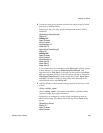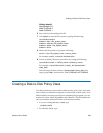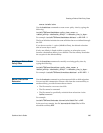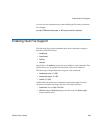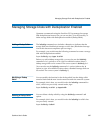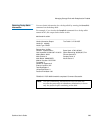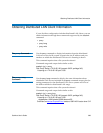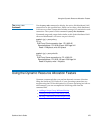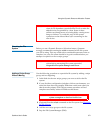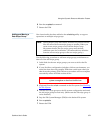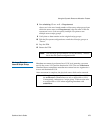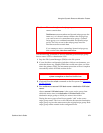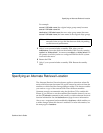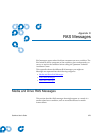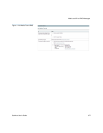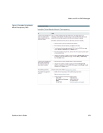
Using the Dynamic Resource Allocation Feature
StorNext User’s Guide 371
Checking the File
System 3
Before you use a Dynamic Resource Allocation feature, Quantum
strongly recommends running the cvfsck command on the file system
you will be using. This step could take a considerable amount of time to
complete, but your file system should be in good condition before you
attempt to expand it or move stripe groups.
Adding a Stripe Group
Without Moving 3
Use the following procedure to expand the file system by adding a stripe
group, and not migrating.
1 Label disks for the new stripe groups you want to add to the file
system.
2 If your StorNext configuration includes a failover environment, you
must first shut down any standby FSMs that would start when you
shut down the primary FSM. The movement procedure will not
complete successfully unless all FSMs are shut down.
3 (Optional) Run the cvfsck command on the file system. See C
hecking
the File System.
4 Add the new stripe groups to the file system.
5 Stop the File System Manager (FSM).
Caution: When you add a new disk or stripe group to your SAN,
often an OS-dependent operation must be run to make the
added device recognizable by a host. Some of these
utilities can disrupt access to existing disks, causing access
hangs or failures. To avoid this, stop all file system
operations on the affected host before rescanning for the
new device.
Caution: If you do not run the cvfsck command to check your file
system before attempting file system expansion,
irreparable file system damage could occur.
Caution: If you do not shut down standby FSMs, file
system corruption or data loss could occur.



